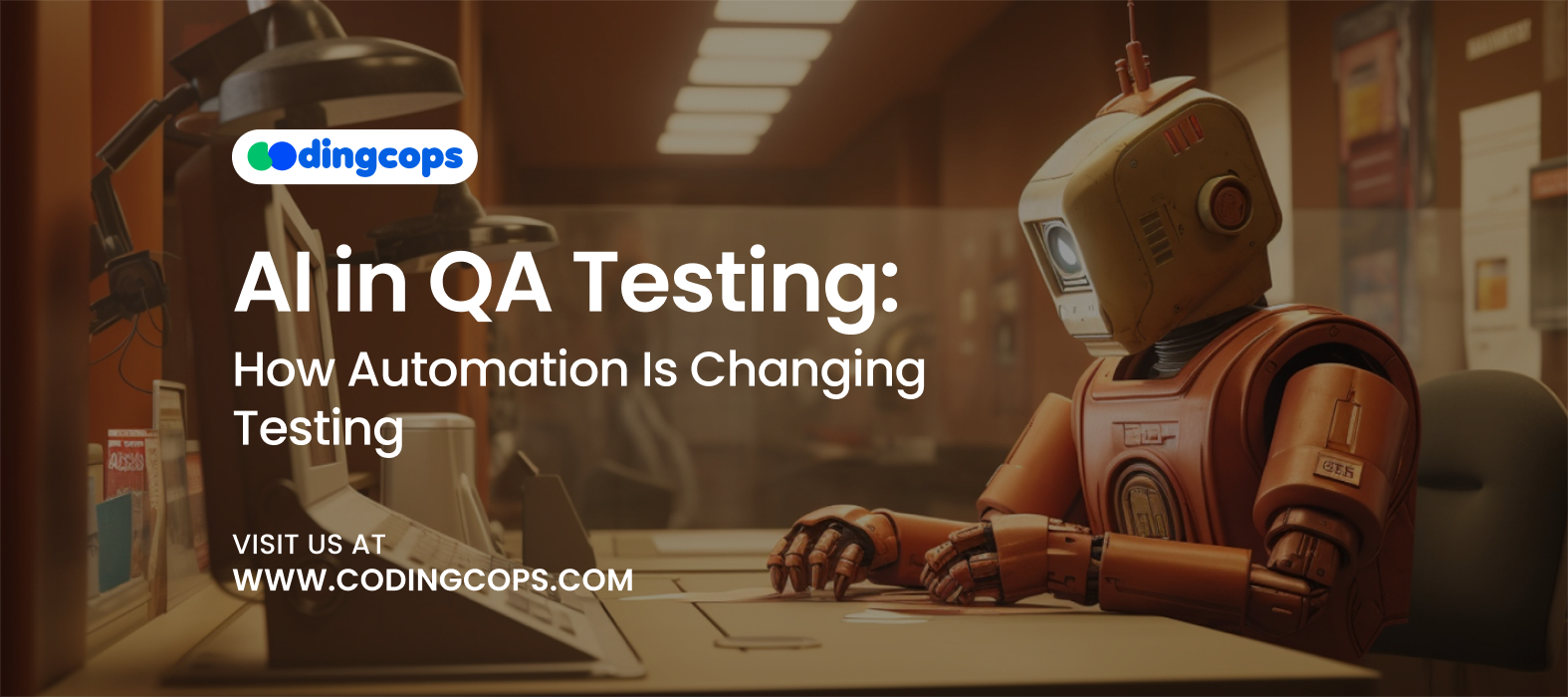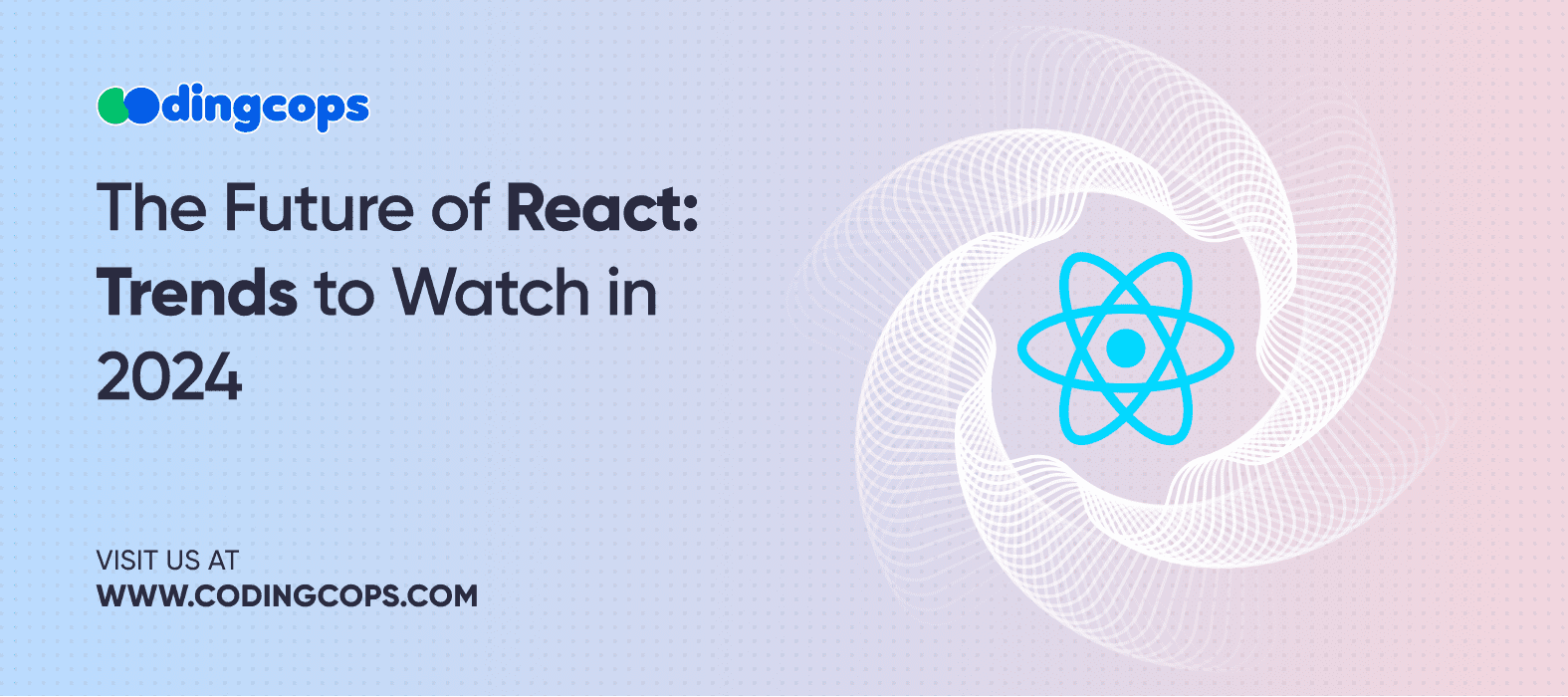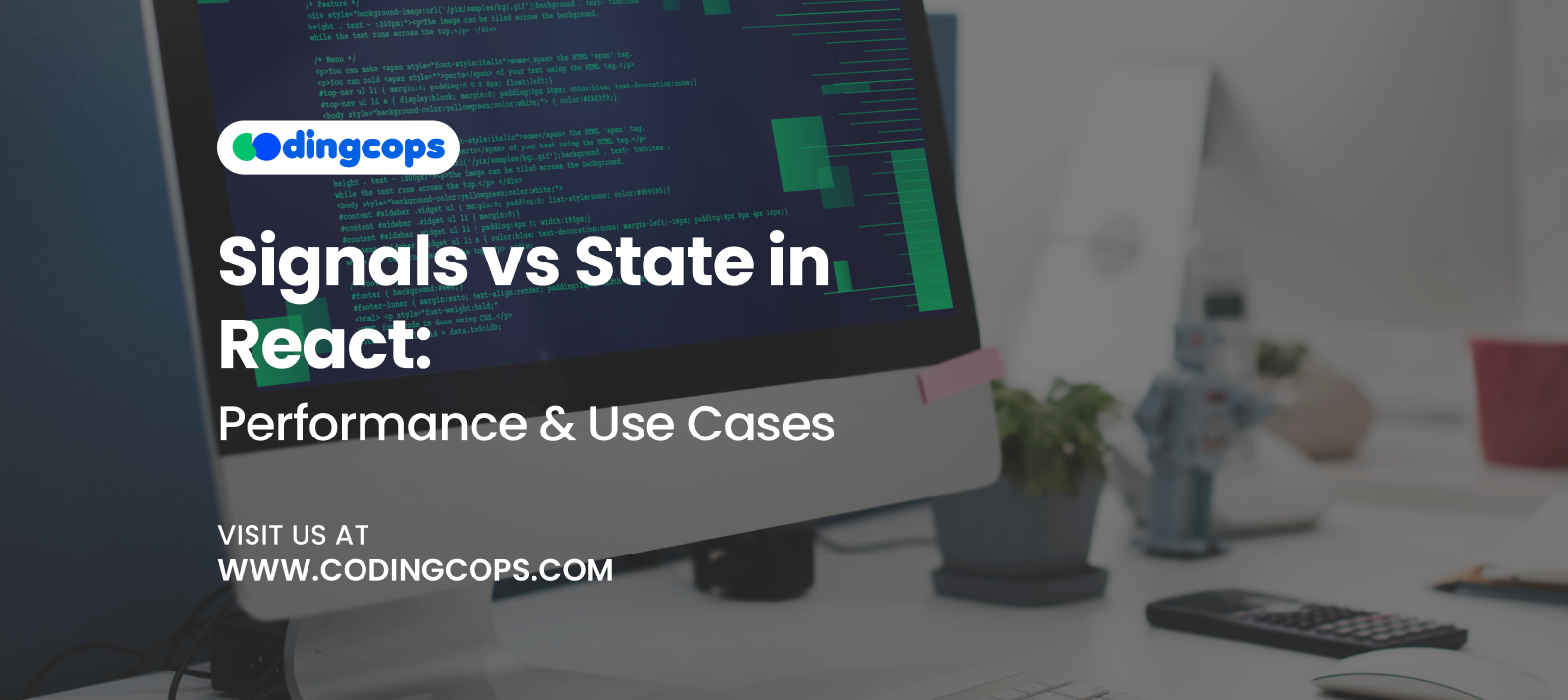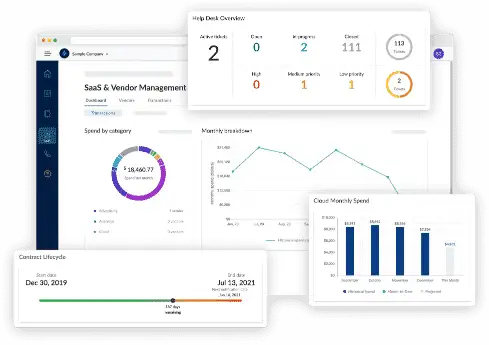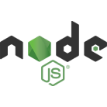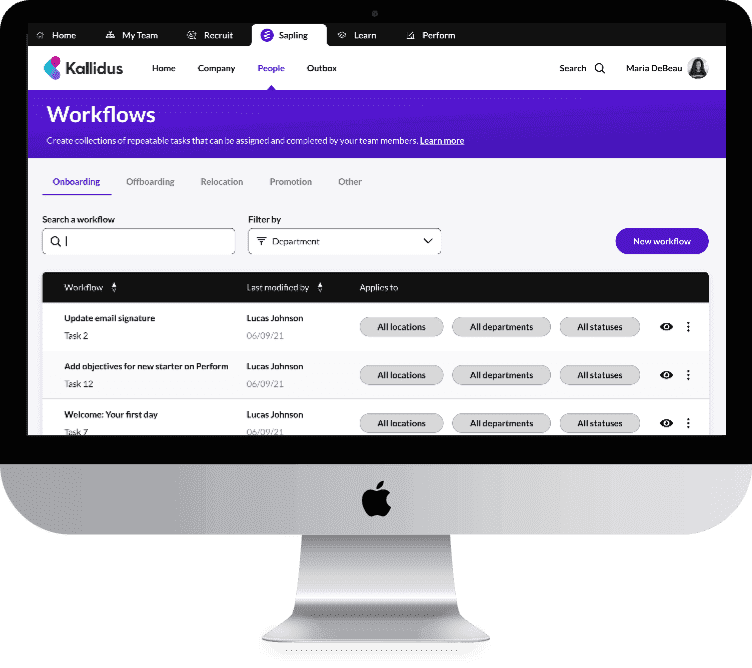According to Forbes experts, the use of AI for software testing will increase by 37.3%. Moreover, Capgemini says that AI in QA and testing can reduce test design and execution efforts by 30%. The world is adopting AI for testing because AI developers are under increasing pressure to deliver better and more secure applications.
AI has changed software testing, from creating test cases to locating and resolving errors. This can result in efficient QA processes that reduce the cost of development. Additionally, AI is taking over to transform QA from a reactive function to a proactive collaborator in the development cycle as digital products become more sophisticated.
In this blog, we’ll explore what AI in QA testing is and how it’s changing traditional software quality assurance.
AI QA Testing
AI QA testing is the use of artificial intelligence technologies to automate and optimize the software quality assurance process. Unlike traditional QA approaches that rely heavily on manual testing or rule based automation. Moreover, AI introduces a level of cognitive computing, meaning the system can learn and adapt.
Moreover, AI QA testing incorporates technologies like machine learning. ML algorithms that learn from historical test data and user interactions to predict outcomes and suggest improvements.
Also, NLP helps in interpreting test case descriptions written in English and analyzing feedback or logs. Also, computer vision is used in visual testing to validate user interfaces by comparing images across devices and screen resolutions.
Furthermore, predictive analytics is another component that assesses code changes or past defects to identify areas that are likely to break. Hence, this allows teams to focus testing resources efficiently.
Components of AI QA Testing
Some of the foundational elements that make AI QA testing include smart crawlers. Smart crawlers are AI bots that can autonomously explore applications and generate tests based on real user paths.
The next component is anomaly detection. AI can sift through thousands of test logs to find irregularities or deviations and reduce the time spent on log analysis. Moreover, instead of running a full regression suite, AI can recommend a smaller and more effective set of test cases.
The next component is self healing capabilities. When an element’s locator changes in the UI, the AI engine can automatically update the test script. Furthermore, it minimizes test failures caused by minor UI tweaks.
How is AI Changing QA?
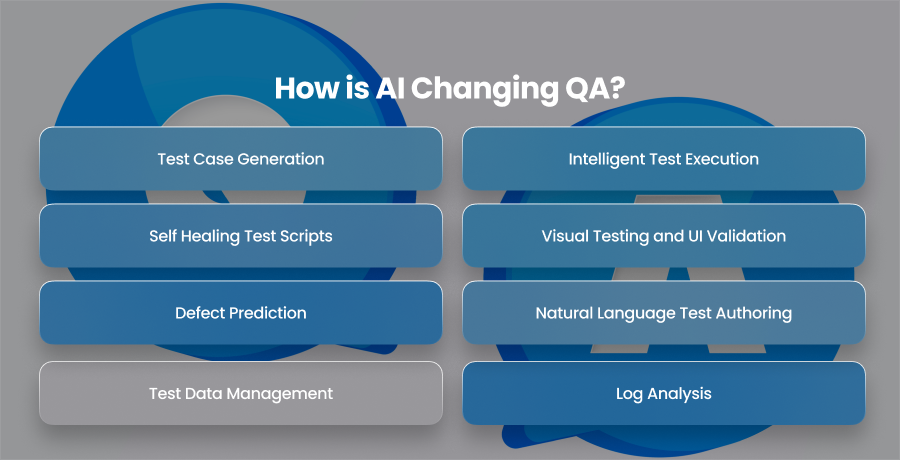
Test Case Generation
In the past, creating test cases has been a laborious and tedious process. AI speeds up and improves the efficiency of this procedure. Also, AI tools analyze requirements and historical test data to automatically generate meaningful test cases. Moreover, they can identify the most commonly used paths within an application and generate coverage accordingly. Also, AI optimizes existing test suites by removing redundant or obsolete cases. This ensures only the most impactful tests are executed.
Intelligent Test Execution
AI introduces a smarter approach to test execution by prioritizing and selecting test cases based on code changes and risk levels. Furthermore, AI recognizes the precise modules affected by code changes and only executes the pertinent tasks after each update rather than executing the whole suite. As a result, this risk based testing approach may expedite the development process and reduce feedback loops, particularly in agile and DevOps settings where rapid iteration is essential.
Self Healing Test Scripts
The frequent failure of test scripts as a result of small UI changes is one of the most annoying problems with automation. AI helps overcome this challenge with self healing capabilities. When an element’s attribute changes, AI algorithms can identify the correct elements using alternative selectors or contextual clues such as labels or element type.
Visual Testing and UI Validation
Visual inconsistencies are often missed by traditional test automation tools. Moreover, AI enhances UI testing by using computer vision to detect layout shifts or misaligned components. Moreover, AI visual validation tools can compare screenshots across versions and devices to ensure a consistent user experience.
Defect Prediction
By seeing trends in past errors and test outcomes, AI contributes predictive analytics to QA. The technology can predict future bug locations thanks to this information. Teams can concentrate their testing efforts on high-risk regions as a consequence. Furthermore, by linking failed tests to code modifications and prior flaws, AI aids with root cause investigation. This facilitates the rapid isolation of the problem by developers and testers. This reduces time spent debugging and accelerates the bug fixing process.
Natural Language Test Authoring
Due to NLP, AI allows testers to create test cases in English. This enables stakeholders like product managers and business analysts to contribute to test designs. Tools that convert natural language into automated scripts can bridge the gap between logic and technical implementation.
Test Data Management
Meaningful and diverse test data is crucial for comprehensive testing. It might be difficult to create and manage manually, though. Thus, by producing synthetic data that closely resembles real world situations while adhering to privacy laws, AI simplifies the administration of test data. Moreover, it identifies data gaps and matches test data with relevant test cases automatically.
Log Analysis
Post test analysis is often tedious and time consuming. AI simplifies this by sifting through massive log files to identify anomalies and test failures. It uses machine learning models to detect unusual behavior or system performance issues that might not be immediately obvious. Hence, this speeds up issue identification and helps teams resolve problems faster.
Limitations of AI in QA
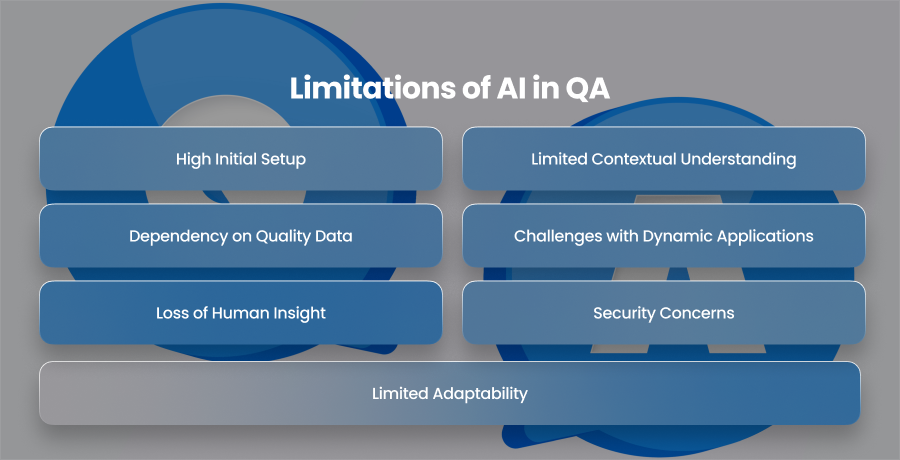
High Initial Setup
AI QA solution implementation frequently necessitates a large infrastructure and training investment. Businesses may need to acquire experts with experience in AI and machine learning or educate their current QA staff. Additionally, configuring AI systems to understand application behavior and test data patterns takes time. This can delay ROI and discourage smaller teams or companies with limited resources from adopting AI for QA.
Limited Contextual Understanding
AI systems that have not been trained on particular data often lack deep contextual understanding. They could struggle to understand human meaning or business logic, but they can automate test cases or detect anomalies based on user input. For instance, even if a UI change is a deliberate design update, an AI may identify it as a flaw.
Dependency on Quality Data
The caliber of the data utilized to train AI models determines their quality. Therefore, biased or insufficient training data may cause AI models to act dishonestly or erroneously. Inaccurate data might also lead to irrelevant test cases or false positives. Hence, maintaining high quality and representative datasets is important.
Challenges with Dynamic Applications
Applications with constantly changing features or highly dynamic UIs pose a challenge for AI in QA. While self healing tests aim to reduce test script breakage, they aren’t foolproof. Moreover, frequent changes can still confuse AI models or introduce inconsistencies, requiring human intervention to adjust and retrain models accordingly.
Loss of Human Insight
One of the most significant risks of AI in QA is the potential overreliance on automation. This can lead to reduced critical thinking among testers. Also, Al can handle repetitive tasks and exploratory analysis. So, relying too much on AI can cause teams to miss edge cases or underinvest in manual testing where it matters most.
Security Concerns
Using AI tools often involves integrating third party services that process sensitive test data. Additionally, this brings up issues with regulatory compliance. This is particularly true in fields like government. Also, companies need to vet AI tools carefully to ensure they meet legal standards.
Limited Adaptability
Many real world applications involve unstructured data, such as natural language or handwritten text. Moreover, AI in QA is still maturing in its ability to reliably test and validate such inputs. While NLP has improved test authoring and chatbot testing, AI still faces limitations in interpreting complex user inputs accurately without human validation.
Use Cases of AI in QA
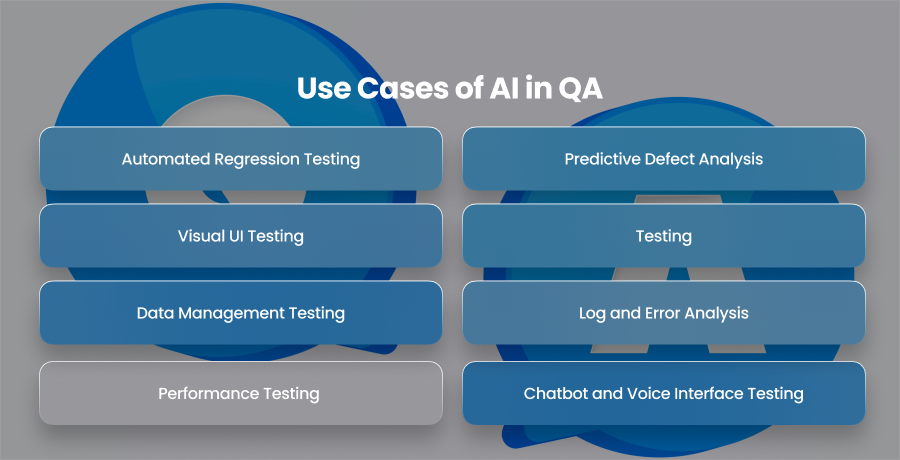
Automated Regression Testing
Regression testing is a repetitive process that AI excels at handling. AI can automatically create or choose the right test cases by utilizing machine learning to examine codebase changes and determine which regions are most likely to be impacted. Additionally, this lessens the necessity of running the whole test suite following each little change. Also, teams using AI for regression testing experience faster release cycles and reduced manual effort.
Predictive Defect Analysis
AI can analyze historical test results to predict where future defects are most likely to occur. Moreover, this proactive approach enables QA teams to focus their attention on high risk components of the application. Also, by flagging potentially unstable areas early in the development cycle, predictive defect analysis helps reduce production defects. It’s especially useful in large scale projects where manual prioritization is not feasible.
Visual UI Testing
By using computer vision algorithms to identify designing or rendering faults that conventional tools might overlook, artificial intelligence (AI) improves the capacity to evaluate graphical user interfaces. It can detect even the smallest visual differences between images taken in various contexts or builds. For teams working on responsive designs or applications that must provide a consistent look and feel across several platforms and devices, AI visual testing is therefore crucial.
Testing
Consistency and speed are essential in DevOps. By dynamically coordinating test execution based on code modifications and application behavior, artificial intelligence makes continuous testing easier. Moreover, it can prioritize high impact tests and even decide when a test should be skipped. This smart orchestration ensures faster feedback and supports the seamless integration and delivery of software.
Data Management Testing
By producing synthetic data sets that closely resemble real world situations while adhering to privacy regulations, artificial intelligence streamlines the process of creating and managing test data. In addition to unusual or edge case scenarios, it guarantees that test cases have access to comprehensive and varied datasets. Furthermore, test cases and test data may be automatically matched by AI technology. This increases coverage and reduces issues with data dependencies. This is especially important in industries where test data must be secure and realistic, like healthcare.
Log and Error Analysis
After text execution, AI can analyze application logs and error messages to identify root causes of failures. Rather than examining hundreds of log entries by hand and suggesting solutions. In addition to expediting debugging, this enhances the caliber of insights obtained from every test cycle. AI can eventually learn from previous problems and assist teams in avoiding the same blunders.
Performance Testing
AI technologies are able to anticipate possible problems. Moreover, they can track the performance of applications in real time. Furthermore, AI models can identify performance bottlenecks before they affect consumers by examining usage trends. QA teams can more successfully stress test the application and replicate real world user behavior with the use of these insights. AI in performance testing ensures better system stability.
Chatbot and Voice Interface Testing
Testing conversational AI like chatbots and voice assistants requires a different approach than traditional UIs. AI is now used to simulate user interactions in natural language and identify intent recognition errors. Additionally, it guarantees that chatbots react appropriately and organically in a range of situations. Additionally, by producing various speech patterns and circumstances, AI QA technologies may assist in testing voice interfaces to guarantee correctness and inclusiveness in voice apps.
Final Words
AI is changing software QA. It is speeding up deliveries and automating repetitive tasks. Its advantages exceed its disadvantages, despite obstacles like expensive startup fees and little context. Thus, businesses can develop software quality assurance that is more intelligent and dependable by combining AI with human intuition.

